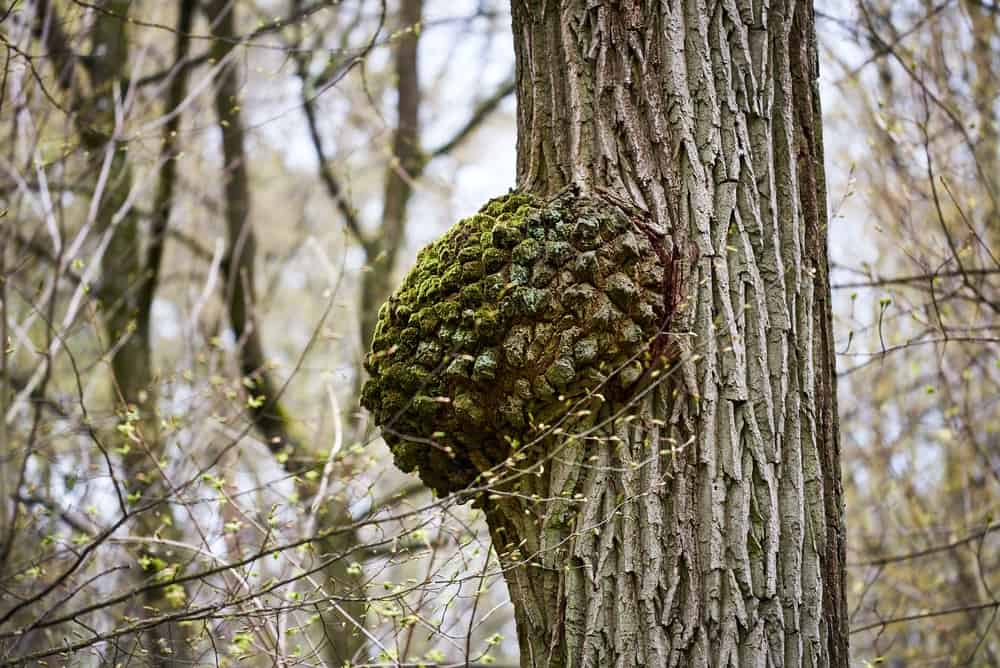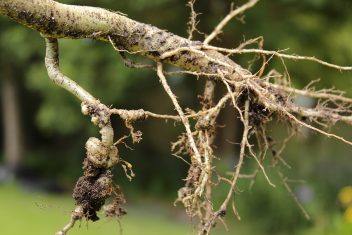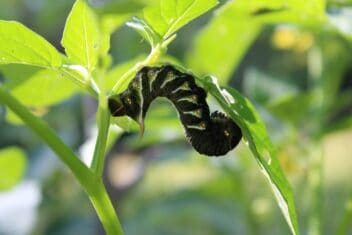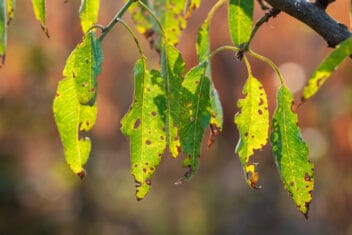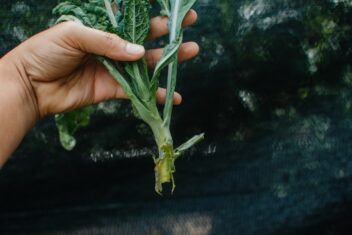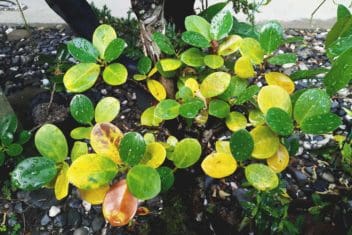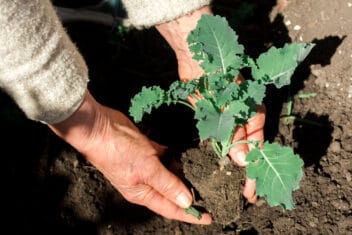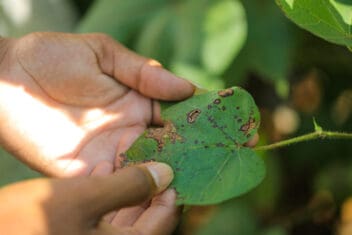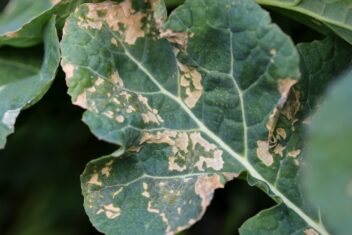At some point, you’ve undoubtedly seen trees with strange-looking bumps and growths. These might have been smooth or lumpy, matching the tree’s bark color or contrasting sharply against them.
Do you know what these lumps are called and what causes them? Typically, they’re either burls or galls, and what you should do about them depends on which it is.
Let’s look at the burls and galls that commonly grow on trees so you can distinguish between them forevermore.
Tree Burls
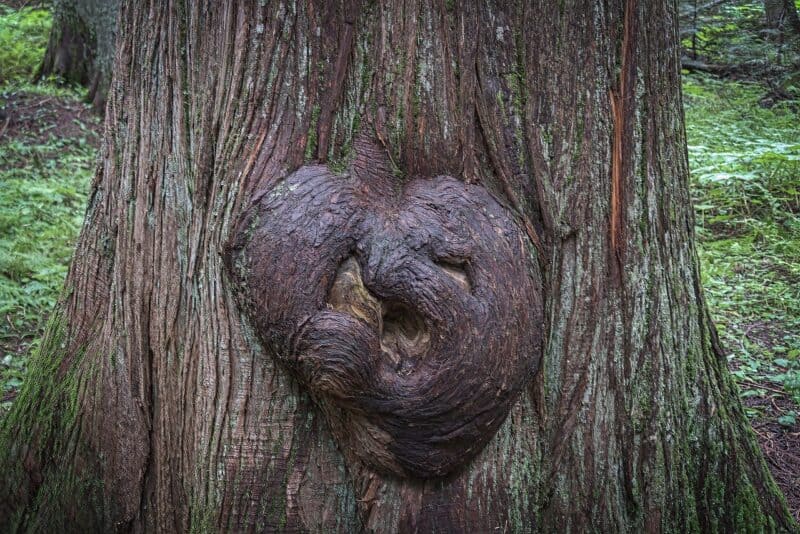
Burls are rounded humps that can be seen on numerous tree species. They’re also known as “burrs” or “burr knots,” depending on your location. They typically affect hardwood trees and conifers, rather than softwoods.
Sometimes you’ll see them growing high up on tree trunks, close to limbs, but they’re more commonly found near the roots.
These burls can be formed due to different causes, but the unifying feature is always some type of stress. Sometimes it’s a cluster of unformed buds that grow into a deformity, which ends up being covered by multiple wood layers.
Other times a minor infection or insect issue can create a small lump, which then gets covered over by the wood—rather like how an oyster will coat a grain of sand inside its shell until it becomes a pearl.
One surefire way to determine the difference between burls and galls is that burls are always covered in bark. It may swirl in various directions like a fingerprint, but the coverage will be complete.
Note that burls don’t damage the trees they grow on. Although they might look like dangerous malignancies, these round growths are generally benign. They may only cause harm if they interfere with the tree’s vascular structure, thus shortening the plant’s lifespan.
That said, some burr knots can be welcoming habitats for insects and animals, which can cause infection over time.
Uses for Burls

If you’re a carpenter, sculptor, or artisan who works with wood, then burls can be absolute treasures. Since the wood inside burls grows in intricate, swirling patterns, these knots can be lathed or carved into extraordinarily beautiful bowls and kuksas.
They can also be transformed into sculptures or even made into furniture pieces if they’re large enough.
If you’re on the west coast, you may luck out and find redwood burls. These can be several feet in diameter so that you can turn them into tables, chairs, and more!
Just make sure to only harvest burls from trees that have already fallen, either due to age or intentional felling.
Burl poaching is a common practice in many forests and always damages or kills the tree in the process. Sure, you can create absolutely gorgeous pieces from these swirly bits of wood, but they’re never worth damaging a life for.
Tree Galls
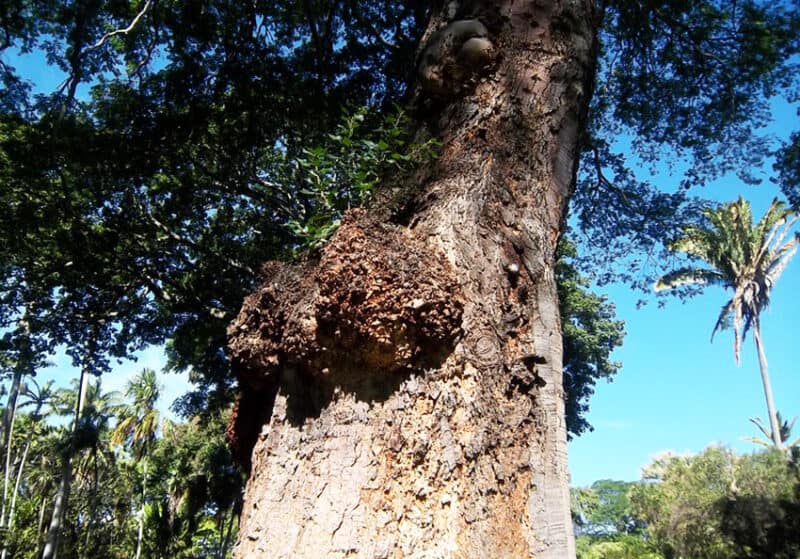
In contrast to burls, which are nicely rounded, galls look tumorous. This isn’t surprising, because that’s precisely what they are.
If there’s an infection or inflammation caused by insects, fungi, bacteria, or another disease, the cambium tissues go into overdrive around it. They’ll divide and grow haphazardly, creating growths that are lumpy and misshapen.
This rapid and manic cell division can veer in all directions, so you may see vertical or horizontal striations. While burls have smooth, rounded surfaces, galls are rough and may have significant surface knots and bumps.
Furthermore, galls may be discolored, whereas burls are always the same color as the surrounding bark.
While some conifers can develop both burls and galls, the latter are far more common on hardwood species. These include (but are not limited to) oak, maple, hickory, walnut, and mahogany. Interestingly, they’re most common with fruit trees in the Rosaceae family, which includes apples, crabapples, cherries, plums, peaches, pears, and apricots.
There’s no way to avoid gall growths, but you can try to prevent them.
They’re often caused when bacteria is introduced while grafting branches onto rootstock. If you maintain sanitary conditions during this process, and ensure that the graft is at least a couple of feet above soil level, you’ll lessen the chances of infection and subsequent gall formation.
If you see a gall forming early, or if you suspect that a tree wound may get infected, you might be able to fend it off with Gallex. It’s an active beneficial bacteria compound that can counteract the grown gall infection before it goes “cancerous” in your tree.
Honorable Mention: Chaga
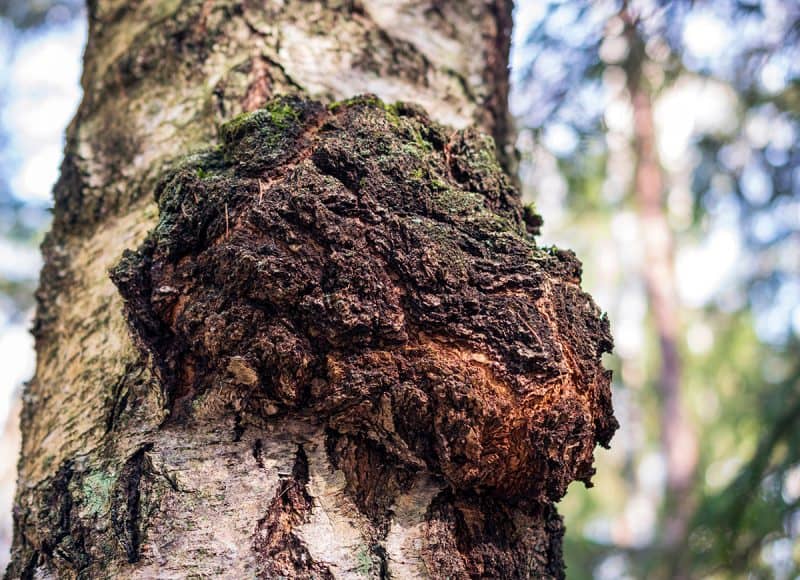
Chaga is neither a burl nor a gall, but rather a fungus that grows exclusively on birch (Betula) species. Some people mistake cankers for chaga, so it’s crucial to identify it correctly.
If you’re looking for this beneficial fungus, be aware that it’ll always be golden-orange inside, covered with black or dark brown, and will only be found on birch trees. In contrast, gall growths are often black or grey inside and can be found on the various hardwood trees we mentioned earlier.
Needless to say, brewing tea from gall infections isn’t going to grant you the same health benefits that chaga can! If in doubt, don’t touch it.
Are Tree Burls or Galls Dangerous to Touch or Work With?
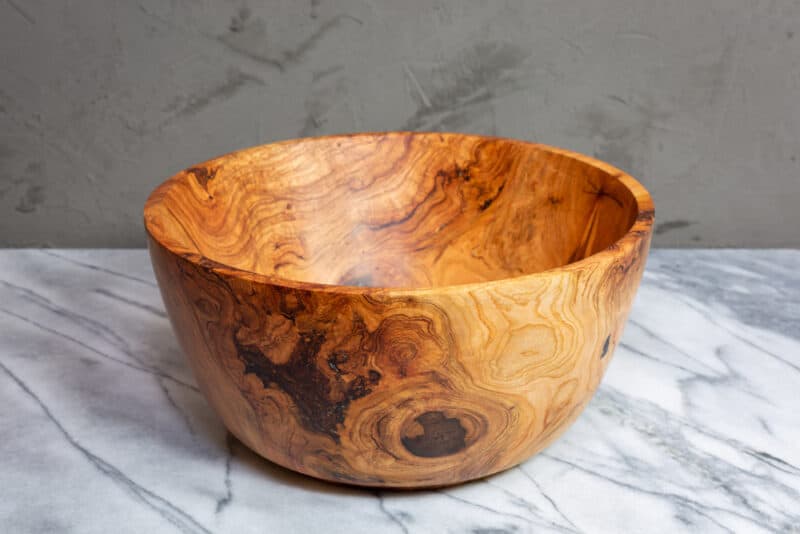
Although tree galls are referred to as plant “cancers,” they can’t be transmitted to humans, mammals, birds, etc. The infection can spread to other plants via the aforementioned grafting, but you’re unlikely to carve a chunk of infected gall out of a tree to plug into another, right?
So far, the only less-than-pleasant effect we’ve experienced from burrs or galls was the insect infestations found within them.
My partner enjoys woodworking, and was delighted to come across a burr in a fallen oak we found in the woods. Once we got it home and he cracked it open with a chisel, a torrent of tiny red ants poured out of it, furiously biting every living being in their path.
That was an itchy lesson to learn! If you’re going to crack a burr or gall open, do so outside so you can run away and into a river if you need to.
Now that you know the difference between tree burls and galls (as well as chaga!), you can impress and fascinate everyone at your next dinner party. Bonus points if you create a fetching centerpiece with these items so you can point out their differences.
